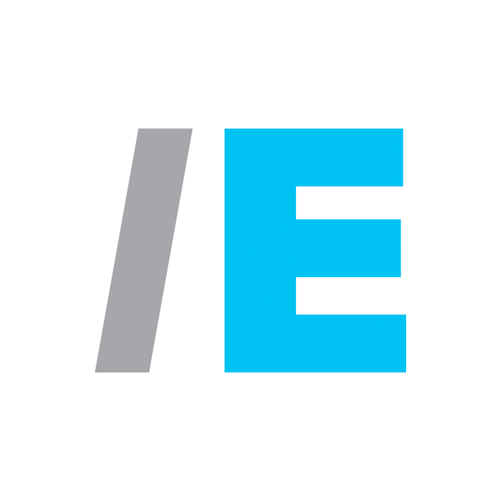Over the past decade, environments have gotten more complex since organizations have embraced third-party applications and cloud providers. Additionally, remote work has become the new normal, which has further complicated digital landscapes. In a recent ThousandEyes Sales Training webinar, Dylan Richard, National Channel Sales Manager at ThousandEyes, remarked that, while Google Maps helps to navigate the physical world, ThousandEyes guides its customers through the digital environment.
Organizations are using the public internet more than ever due to remote and hybrid work. As a result, connection issues may arise when not working in offices. Advanced monitoring solutions can aid organizations that are “losing control and visibility by troubleshooting and understanding where issues are coming from, whether internal for them or from their end users’ perspective,” Richard commented.
In finding the right solutions and recovering connectivity, ThousandEyes believes in the following four core pillars: cloud is the new data center, SaaS is the new application stack, home is the new corporate office, and the internet is the new corporate network. With these digital transformations, organizations can create blind spots in connecting applications since connectivity isn’t a linear path anymore. Instead, there is a complex network of providers that partner solutions can help in bridging gaps and maintaining visibility into environments.
ThousandEyes is a powerhouse in supporting customer, enterprise, and hybrid worker digital experiences by monitoring connectivity between end users and company resources, providing visibility into internal employees’ digital experiences while connecting to various resources, and overseeing the digital experience of remote and hybrid workers.
Jake Cobb, Sales Specialist at ThousandEyes, and Sam Reinhard, Technical Solutions Specialist, tackled a real-world use case application on how these solutions can efficiently resolve digital issues in an organization’s environment. Cobb shared how a financial services company recently upgraded its Wi-Fi infrastructure but faced problems with Zoom connectivity shortly thereafter. Initially, the blame fell on the network. Reinhard explained that diagnostic capabilities swiftly identified that the issue was not rooted in the company’s network but in Zoom itself. The rapid assessment saved the company time, effort, and the potential cost of undoing a recent infrastructure upgrade.
Cobb said that other end users still had issues with Zoom connectivity, so the team ran more tests and analyzed the data to find that the problem was not on the public internet but likely somewhere in the local environment. The team determined that the users were moving between access points during Zoom calls. This knowledge allowed the company to validate the integrity of its network and reduce downtime.
The cost savings of eliminating downtime is essential since organizations lose $700 billion a year due to IT downtime. The difference monitoring and network intelligence companies can bring to organizations is significant when mitigating connectivity problems. These solutions can be the guide organizations need when navigating the digital landscape by providing seamless experiences that save time and offer cost savings by reducing downtime.
To learn more about network intelligence solutions, click here.
Author
-

The EDGE360 editorial team consists of Jackie Davis, Katherine Samiljan, and Jessica Nguyen. You can reach the team at EDGE360@gotostrategic.com.





